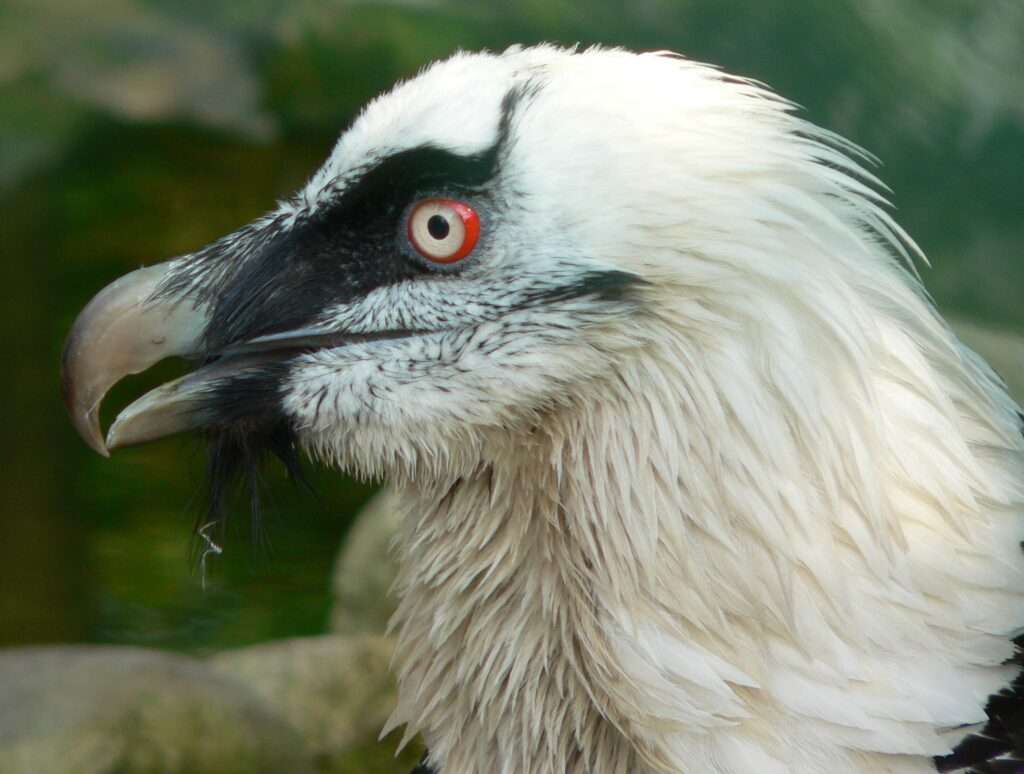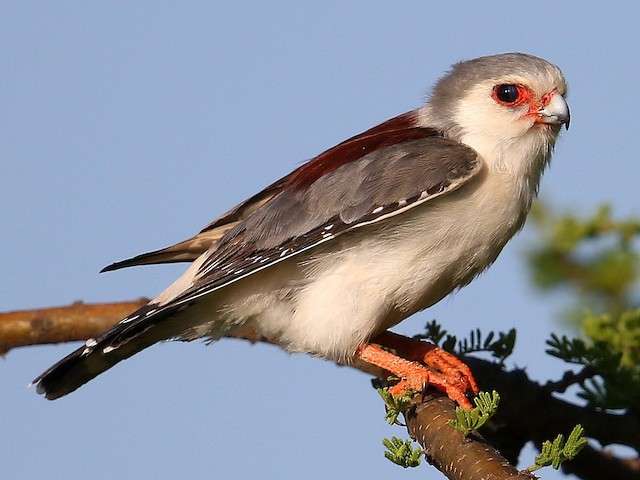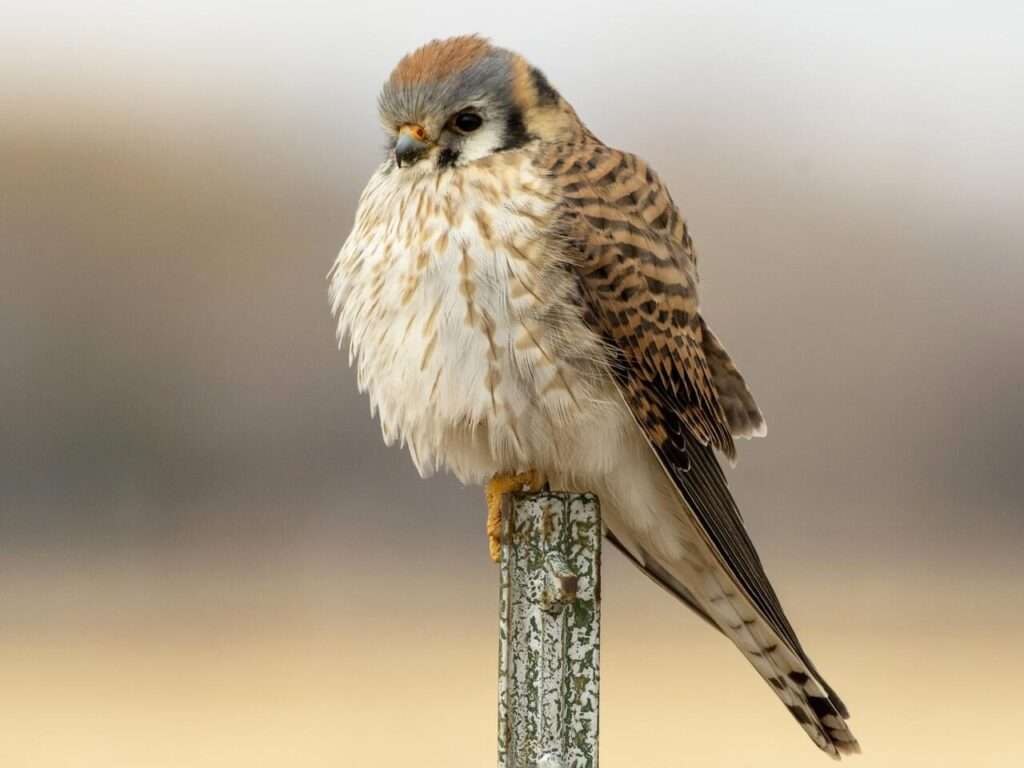
Description
Life span: Up to 40 years
Bearded vultures feature a grey-black tail and wings, as well as a reddish-yellow or white head and breast plumage. Adult beards have a characteristic look that is made up of the bristles at the base of the beak and the black strip above the eyes. The many attractive characteristics of bearded vultures only get more fascinating with age. As chicks, they only weigh 150 grams and have dark down feathers. From infancy until puberty, their feathers are primarily dark brown. Their head, neck, chest, and the majority of their body turn white by the time they are four years old and have gone through 1-2 molting.
And if they don’t color themselves, their feathers will eventually become rusty orange from spending so much time in iron-rich water. It’s still unclear why this behavior is occurring. Iron oxide is said to protect eggs against infection, but this hasn’t been established. Some people think it’s simply for show. On the other hand, White Bearded Vultures are incredibly uncommon in some mountain ranges, like the Alps, while being relatively numerous in others, like Morocco’s High Atlas. This may be because they cannot find iron-rich soil. Furthermore, unless human keepers supply iron-rich puddles where the birds can bathe and develop their orange-red color, caged birds are white.

Native Region/Habitat
The Pyrenees (around 100 breeding pairs), Corsica (8 pairs), Crete (9–10 breeding pairs), and an Alps restored population (more than 60 breeding pairs) are the only places in Europe where populations of bearded vultures may be found. Estimates place the population of Europe (including Turkey and Russia) at 600–1000 pairs.
Behavior
Like other vultures, it is a scavenger and mostly eats the carcasses of deceased animals. Medium-sized ungulates make up the majority of the bearded vulture’s diet, which consists mostly of mammals (93%), birds (6%), and reptiles (1%). It often dislikes meat and consumes 85% to 90% bones as food. The bone marrow’s lipids and energy are completely consumed by them. Only this particular species of bird consumes only bones. Adults consume very little meat and skin, but chicks consume a bigger proportion of meat and skin leftovers. The robust digestive tract of the bearded vulture swiftly dissolves even huge parts, and it can swallow whole or bite through brittle bones as large as a lamb’s femur. The bearded vulture has developed a technique for breaking bones that are too big to consume by flying them between 50 and 150 meters (160 and 490 feet) in the air and dropping them onto rocks below, where they break into tiny pieces and reveal the nutrient-rich marrow.
As a pet/In captivity
The majority of wild animals are not good pets. On the other hand, bearded vultures have a reputation for making wonderful pets, even for celebrities. Particularly Thomas Littleton Powys, a Baron, was fond of falconry and enjoyed keeping birds. Owner kept two Bearded Vultures in his collection since he thought they made great pets and hunters. The owner gets to keep the meat and afterwards feed the animal the bones, which the owner would not eat anyhow. It makes sense considering that the vulture has no interest in eating any creature it takes.
Table





